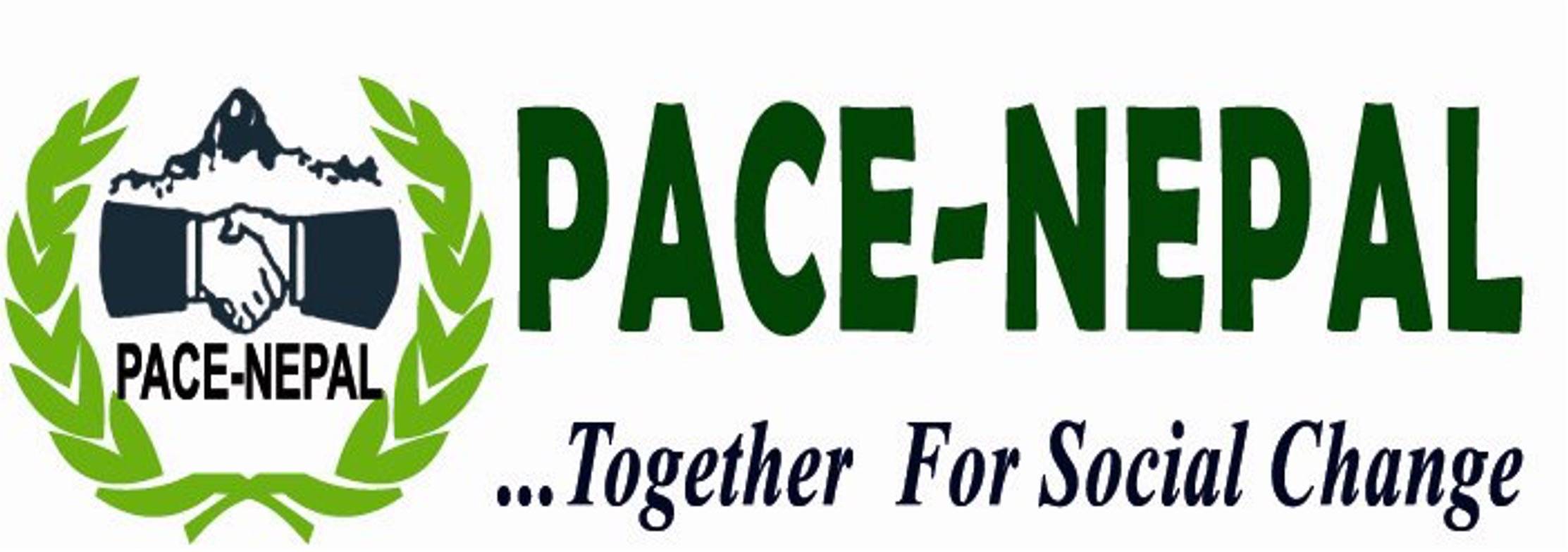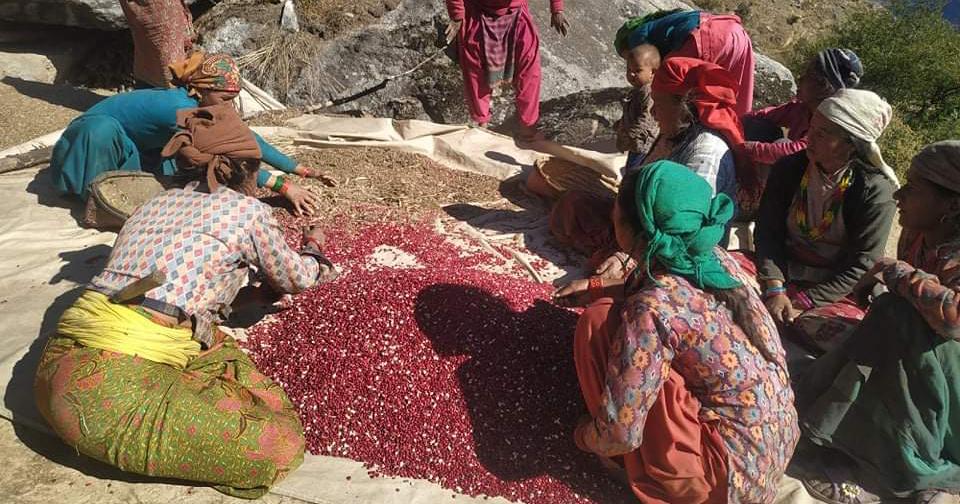In an era of reliance on imported goods surpassing local produce, the widening dependency from Terai to Himalayas, coupled with the impacts of climate change, has disrupted the traditional community rhythms. The once-reliable climate calendar has faltered, while the consumption of imported items, spanning from clothing to food, continues its upward trajectory.
Fertile hillsides lie barren, and even the limited produce often falls prey to pests in storage. An escalating number of individuals travel to KaalaPahad to earn wages, yet opt for imported red pulses and rice from the Food Corporation to meet daily needs. The result: the indigenous crops that once thrived in Jumla face extinction due to mounting reliance and a culture of indifference.
The village finds itself in a predicament – indigenous organic crops like gahat, chino, kaguno, phaper, marse, and kalimasi, known for their medicinal properties, have dwindled to near obscurity. Despite being skilled farmers, community members now wander in search of these vanishing seeds, leaving agricultural experts disheartened by the drastic decline of these once-abundant food sources.
The solution to conserving and nurturing indigenous crops has led to a policy proposal – “one village, one production” – a move that restricts the cultivation of various crops in each village. This approach aims to harness communal farming practices and, if managed effectively, could protect and promote the indigenous crops of Karnali, including Jumla. A beacon of hope shines in the form of Pace Nepal’s establishment of a seed bank, standing as a testament to its commitment to preserving, promoting, and utilizing local crops.
Seed Banks on the Road to Safeguard Food Diversity
In a landscape where tracing native food crops has become challenging, Jumla’s seed banks play a crucial role in collection and conservation. These seed banks, nestled within the villages, have emerged as guardians of traditional local food crops, ensuring the safeguarding of endangered varieties like Chino, Kaguno, Gahat, and Phapar. The seed banks have painstakingly amassed these rarities, which are scarcely found even among the farmers who once cultivated them.
Tatopani Gaunpalika’s Agriculture Department reports that these seed banks collect and retain a wide range of indigenous crops, contributing significantly to preserving the region’s cultural and agricultural heritage. Notably, Panchadewal Seed Bank of Tatopani Gaunpalika-2 has gathered and safeguarded a diverse array of crops, including rare finds like Chino, Kaguno, Simi, Phaper, Kodo, Gahun, and Marse.
The establishment of these seed banks has streamlined seed acquisition and storage, making it a far less cumbersome process. With iron drums provided by Pace Nepal for storage, the preservation of diverse crops has become more efficient, preventing pest infestations and preserving the crops’ quality.
Hemraj Bhatta, Program Coordinator at Pace Nepal, emphasizes their role in enhancing the capacity of Pancha Dewal and other seed banks through support and coordination. As these efforts continue, Pace Nepal remains dedicated to fostering partnerships and support for the preservation and promotion of local food crops, with a keen focus on countering climate change and disasters.
Agriculture Policy for Local Government
As one nagarpalika and seven gaunpalikas in Jumla assert their commitment to conserving and promoting indigenous food crops, they prioritize information dissemination, policy-based implementation, storage facilities, and modernization in agriculture. Acknowledging the centrality of agriculture to prosperity, these local government bodies are intent on nurturing Jumla’s native crops through strategic policies and interventions.
By championing initiatives like the “one village, one production” model, pocket area determination, and mechanization in agriculture, they aim to secure the identity of Jumli and its deep-rooted connection to food and agricultural products. The onus rests on the local governments to cultivate native crops, thereby ensuring the region’s sustainability and vitality.


